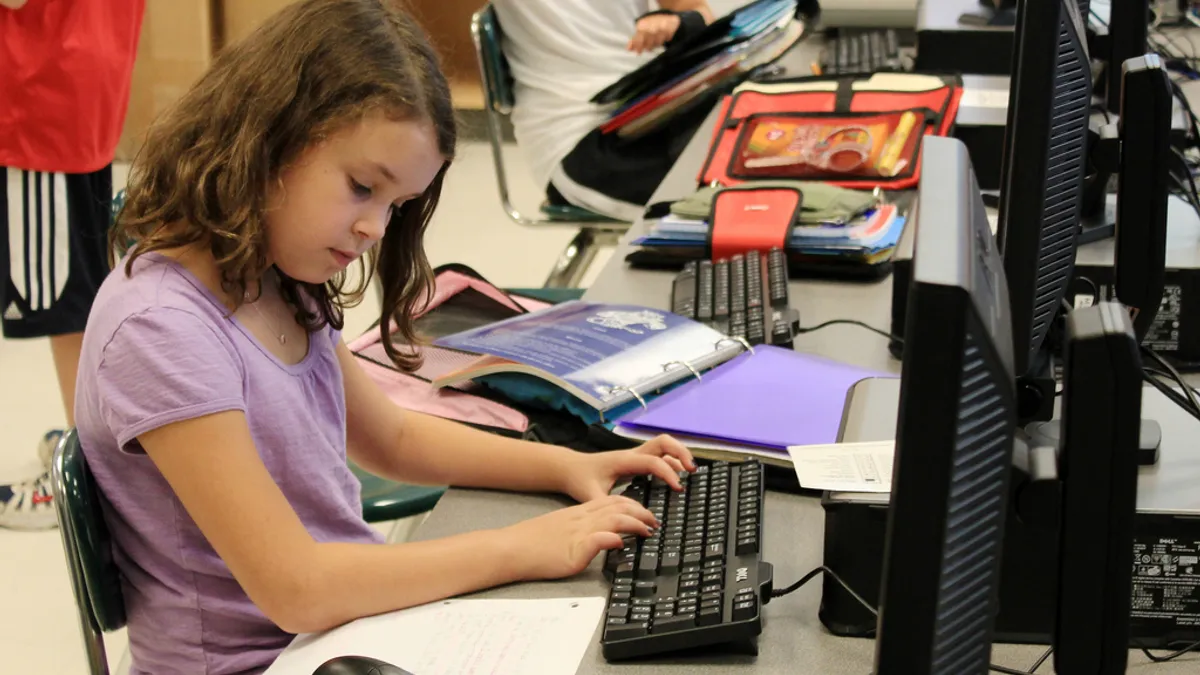Dive Brief:
- If schools change instructional models from year to year or from school to school, some students — especially those will special needs — will struggle to adapt, according to EdSurge.
- The Florence School District in Florence, AL, is working to create consistent instructional practices and environments between grades and schools to help students develop their learning trajectories and enhance teacher collaboration.
- Dr. Jennifer Symonds, an assistant professor at the University of Dublin and author of the book “Understanding School Transition: What Happens to Children and How to Help Them,” feels the problems faced by students moving from one pedagogical practice to another needs more exploration.
Dive Insight:
The nature of school necessarily requires certain transitions between the way a student learns. Kindergarten looks far different than high school because children are naturally at different developmental levels. Teachers also know that certain years usually be more difficult because of these transitions. Fourth grade, middle school and high school all have new transitional challenges that must be faced.
However, a school district exacerbates those challenges if it uses new instructional frameworks at each level or constantly changes instructional models in new bids for success. On the other hand, these challenges can be minimized if school districts use a common instructional framework that allow teaching and learning models to remain essentially consistent.
This is another concern over the idea of states taking over low-performing schools and putting them under the management of a charter school management organization. If this happens, how will students respond when they leave that instructional model and move to another school within the district? While differing school models offer advantages, there is a value to providing consistency that students — and teachers — can count on.






 Dive Awards
Dive Awards








